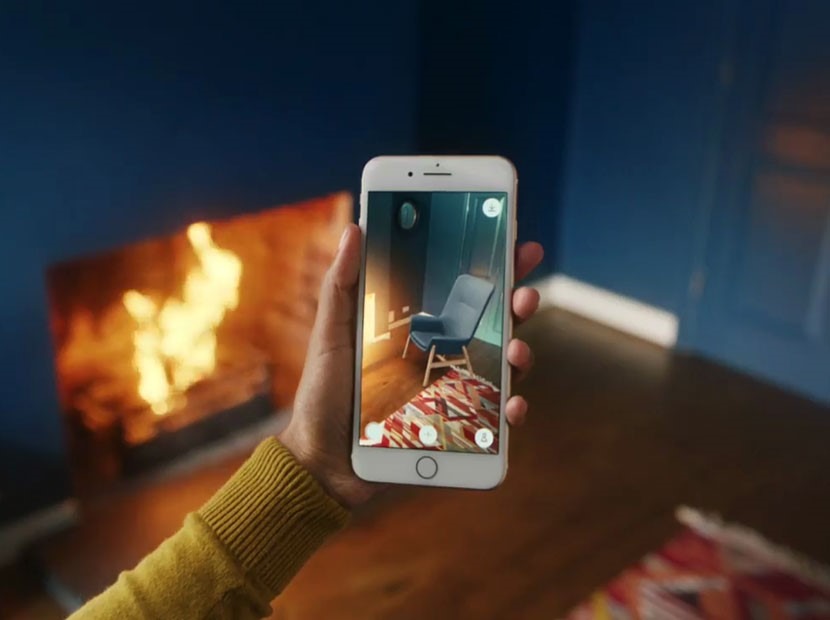
Augmented reality can be understood in a number of ways, such as AR glasses combining the image of the near environment with computer graphics, or a smartphone screen that does the same thing using the phone's camera to see and manipulate the world in front of it. With advances in AR technology, these examples aren't that different from what's currently available for your smartphone. Augmented reality can, in fact, be used and used in countless ways, including Snapchat lenses, apps that help you find your car in a crowded parking lot, and even various shopping apps that let you try on your clothes.
How is augmented reality different from VR?
They may look like similar technologies - and they have absolutely similar abbreviations - but they are fundamentally different. Virtual reality (VR) creates a fully synthetic virtual world in a headset. As a user, you are placed inside a 3D environment and then you can move and interact with completely computer-generated elements.
AR, on the other hand, keeps you connected to the real world and overlays virtual elements as a visual layer in that environment. Immersive AR systems can combine computer elements with real-world elements with persuasive depth, perspective, and other rendering features, and the AR system can significantly interact with the real environment, related synthetic elements "and" "behind real objects" and otherwise with the real world.
Games aside, there are as many uses for AR in our daily lives as Pikachu released in Pokemon GO. Here are just a few examples:
Advanced navigation systems use augmented reality to add a route on top of the live view of the road. During football games, broadcasters use AR to draw lines to sample and analyze games on the field. Furniture and houseware giant IKEA offers an AR app (called IKEA Place) that lets you see how a piece of furniture will look and fit in your space. Military fighter pilots see AR projection of altitudes, speeds, and other data on their helmet visors, which means they don't need to look down and waste their focus to see them. Neurosurgeons sometimes use an AR projection of a 3D brain to assist them in surgeries. AR can bring the past to life by projecting images of ancient civilizations on today's ruins in historic sites such as Pompeii in Italy. The ground crew at Singapore airport speeds up loading times by wearing AR glasses to view information on cargo containers.
- Author: Ranna Digital Works
- Publish Date: 28.05.2021